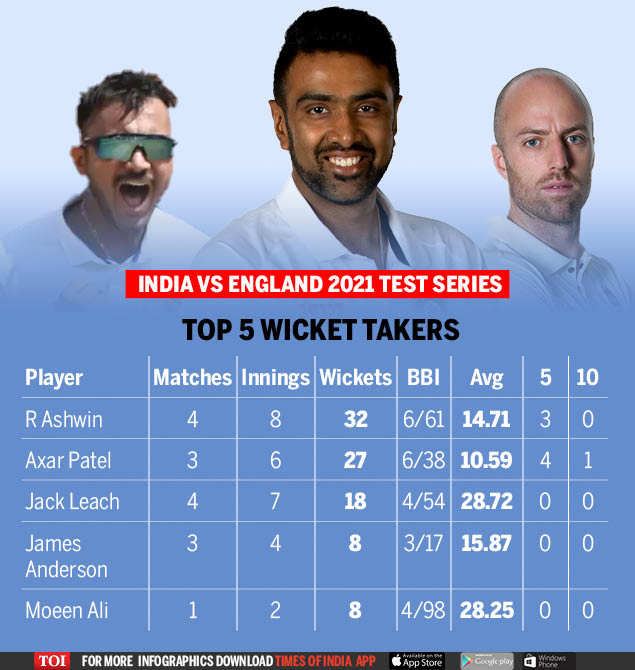AHMEDABAD: Surinder Amaranth, the oldest of the three Amaranth brothers and son of former India captain Lala Amarnath, feels cricket has changed considerably from his playing days.
The 72-year-old former dashing left-hander, who represented India in 10 Tests, is settled in Ahmedabad with his family, away from what he calls the “hustle-bustle” of Delhi, a team that he represented for the majority of his 22-year first-class career.
Amarnath, who scored a century on Test debut in Auckland in 1976, spoke to IANS on a variety of issues related to modern-day cricket.
Excerpts:
You batted No.3 for India. You were quite aggressive. Do you think that aggression is key for a No.3 batsman?
Back in our days, most of the No.3 batsmen were attacking, especially in top teams like West Indies, Australia. Even No.4 would be attacking. In my opinion, a No.3 batsman can destroy a bowler and that is his job. I think the No.4 batsman should also attack. How can a batsman destroy bowling unless and until he attacks right from the start? In the early phase of a team’s innings, the field is open. There is hardly anybody outside. There are more slips and gully fieldsmen, you also have close fielders. You don’t have too many fielders in deep. So the batsman can find open spaces to play. You don’t have to hit the ball hard. Just get in line and push a bit and the ball will travel for four. During my time, the No.3 batsman used to attack from the beginning. Viv Richards, Clive Lloyd, Garry Sobers — they all played at No. 3 or No. 4 during their prime. They were all attacking players. Likewise, Chappell for Australia.
But India have Cheteshwar Pujara at No.3. What do you make of it?
For the No.3 to be able to attack the opening pair has to be solid. The openers should be people who take fewer risks, leave the ball and play longer. The later batsmen can then come and destroy. I think Pujara can fit in as an opening batsman. I believe those who are solid in their approach, taking less risk, should open the innings. Pujara is good for that role. I think one of the two openers – either Rohit Sharma or Shubman Gill — could play at No. 3.
What is the difference between batting nowadays and back in your times?
I think there was a lot of wrist play earlier. In those days, some people did play with the forearm but more people used to play with wrists. I too used to play with wrists. Azharuddin and so many others, played with wrists. The wrists have to be very supple. But the demands of the game have changed. You want more forearm power to lift the ball. It also boils down to training. Players have strong forearms because there is a need to lift the ball nowadays.
Do you think it has affected playing spin?
With forearms like you have nowadays, you play cross-shots and tend to lift the ball. You tend to use the bottom hand more with those forearms. In our days, while playing the turning ball, we used to use the upper hand. We used to play with the upper hand and support with the lower hand. That would bring wrists into play. You needed strong wrists not forearms. Now they use the lower hand more and support it with the upper hand. It helps in lifting the ball.
You developed your wrists under your father, Lala Amarnath?
Dad used to have novel ways to train us. Our house in Delhi [near Connaught Place] had three gardens. One of them was reserved for our training. While we’d bat, dad would keep flower pots around us. A pot would be eight feet from the other, next one 10 feet and like that. If we would break it or crack it, then he would ask us to replace it with a new one. Place the plant in an empty pot. We wouldn’t want to do that, so we started finding gaps. Then, there was an empty patch of land near our house where we’d grow vegetables. Dad would give us gardening tools to dig the soil and plant trees. That was done to develop wrists. I’d train and run at the nearby Karnail Singh Stadium which was under dad’s responsibility back then. There was no equipment, no gym back then.
Has fitness changed nowadays from your time?
Yes, we never had trainers. Nowadays you have professional trainers. That is good, but I still feel we tend to overdo it by adapting too many things from other sports. A cricketer’s fitness is different. I will give an example from my time as consultant for Goa cricket body in 2012. We had a group of 30-35 players and only half of them were at nets. The rest were with the trainer. There was this Goa left-arm spinner Shadab Jakati [he played for Chennai Super Kings in IPL]. I saw him doing boxing with the trainer during a morning session. I told him to come to the nets in the evening. He didn’t turn up. The next day when he came I asked why didn’t he come. He said ‘my shoulder is stiff and I still can’t lift my arm’. I told him you don’t need to do this as a left-arm spinner. He said, ‘what can I do? This is our schedule’. You see the YoYo test these days. Lot of teams are now giving it up, because it is for another sport. Also, I am against lifting of weights, because I still believe the more weights you lift, the more stiff you get.
Another thing that has changed is the approach to short balls. When you see players like Phil Hughes succumbing to a short ball, how do you feel?
You get hurt only by a short ball and not by full ball. When we would face the short ball, we would go away from the ball and then either play it or leave it. Even then we would get hurt. I think what has changed now is the approach. The batsmen’s approach today is to go towards the ball on the front-foot and if the ball is short, they swing from there. If you are on back-foot, I would say you are in better control. When you commit yourself to the line of the ball, how will you get away? Your front-foot has gone ahead. How will you move your back-foot?
Do you think you didn’t get enough opportunities?
Every cricketer wants to play for long. Some people get chances, some don’t. In our case (three brothers), yes, because of my dad. He was outspoken in his days. But we kept coming back.






